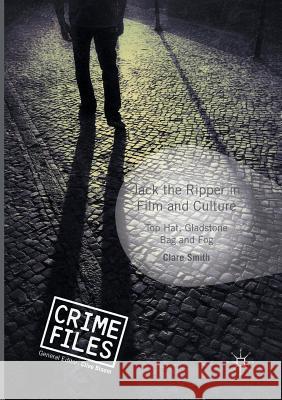Jack the Ripper in Film and Culture: Top Hat, Gladstone Bag and Fog » książka
topmenu
Jack the Ripper in Film and Culture: Top Hat, Gladstone Bag and Fog
ISBN-13: 9781349956043 / Angielski / Miękka / 2018 / 211 str.
Kategorie:
Kategorie BISAC:
Wydawca:
Palgrave MacMillan
Seria wydawnicza:
Język:
Angielski
ISBN-13:
9781349956043
Rok wydania:
2018
Wydanie:
Softcover Repri
Ilość stron:
211
Waga:
0.27 kg
Wymiary:
21.01 x 14.81 x 1.19
Oprawa:
Miękka
Wolumenów:
01
Dodatkowe informacje:
Wydanie ilustrowane











